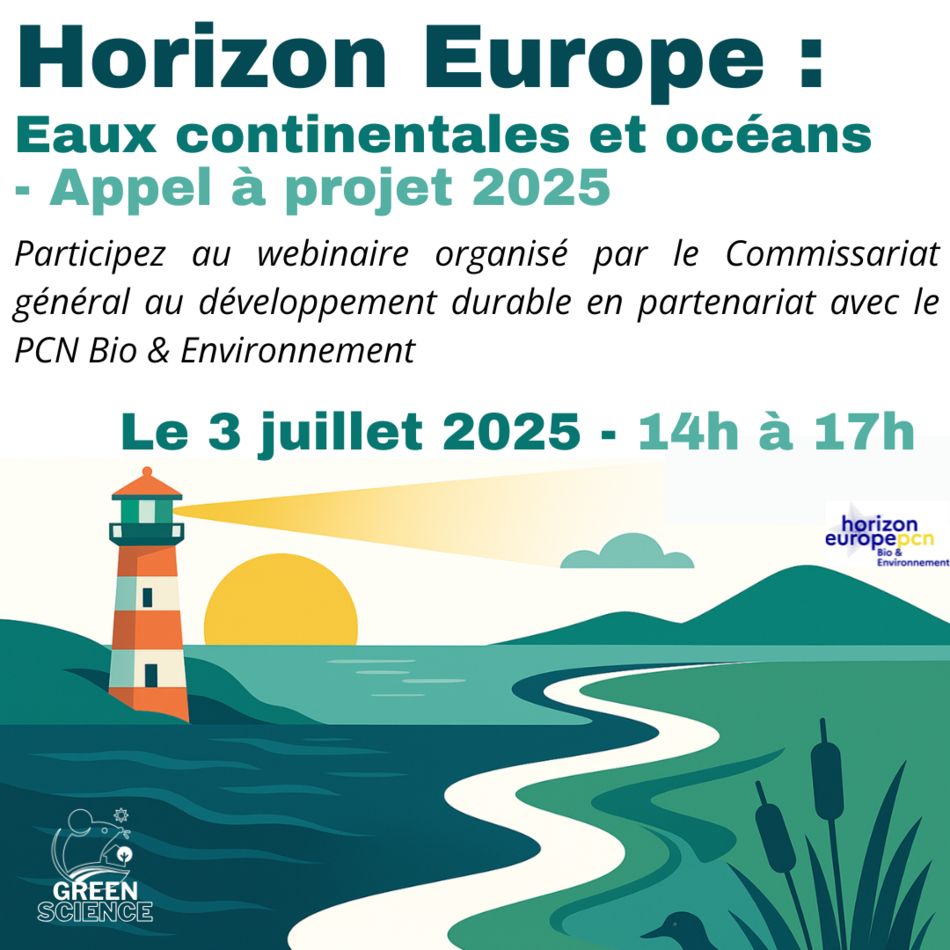Expected Outcome:
In supporting the implementation of the European Green Deal, the EU biodiversity strategy for 2030, the farm to fork strategy and the common agricultural policy, successful proposals will contribute to develop and improve practices in agriculture to support and make sustainable use of biodiversity and a wide range of ecosystems services.
Projects results are expected to contribute to all of the following expected outcomes:
- Drivers and challenges for the re-introduction of landscape features in intensive farming areas are better identified.
- Strategies to reintroduce landscape features in intensive agricultural areas for national and regional policy- and decision-makers are built, contributing to the following key-commitments of the EU biodiversity strategy 2030: “At least 10% of agricultural area is under high-diversity landscape features”; and “Three billion new trees are planted in the EU, in full respect of ecological principles”.
- Solutions for climate change adaptation and to provide ecosystem services, in particular carbon sequestration, are developed for areas of intensive agriculture.
- The ground for possible future demonstration projects is prepared.
Scope:
According to the EU biodiversity strategy for 2030, “to provide space for wild animals, plants, pollinators and natural pest regulators,10% of agricultural area should be brought back under high-diversity landscape features, including, inter alia, buffer strips, rotational or non-rotational fallow land, hedges, non-productive trees, terrace walls, and ponds”. These should help enhance carbon sequestration, prevent soil erosion and depletion, filter air and water, and support climate adaptation. In addition, more biodiversity often leads to more agricultural production over the medium and long term.
In the EU there are large agricultural intensive areas where nature has almost disappeared. There is a need to reintroduce nature to improve the state of the environment by delivering ecosystem services and as a contribution to climate mitigation and adaptation. In particular it is needed to achieve ecological corridors, in conjunction with other multifunctional Nature-based Solutions. Landscape features may also be included as remedial measures to protect soil; their biogeochemical functions may counteract the spread of chemical pollutants from agriculture to groundwater and open waters, especially those derived from natural and mineral fertilizers.
The new common agricultural policy (CAP) may offer specific tools to support farmers who dedicate space for biodiversity rich landscape features, such as dedicated eco-schemes or area related interventions (such as agri-environmental interventions) or non-productive investment interventions (one-off costs arising from establishing landscape features such as hedges, ponds, wetlands or stone walls). The agri-environment interventions under CAP Strategic Plans will continue to be implemented on a voluntary basis. They have been used in a quite limited extent until now to promote the reintroduction of biodiversity-rich landscape features in areas of intensive agriculture. Eco-schemes are new tools to support farmers in the first pillar of the CAP (direct payments) in the form of incentives to farmers to adopt more environment-friendly practices. They may cover the reintroduction of biodiversity rich landscape features, but this will depend on a number of factors, notably the implementation choices of Member States in their CAP Strategic Plans and the level of support.
This topic intends to look into key-factors which may lead to the reintroduction of landscape features in areas of intensive agriculture beyond financial incentives.
Proposals should:
- assess the increase of the environmental and economic value and the potential for land productivity linked to the increase of biodiversity rich landscape elements on agricultural land with intensive organization of production. They should address the valuation (monetary and social benefits) of the ecosystem services of landscape features, based on existing R&I projects, and assess the perception of land managers/owners of this value increase. Proposals could notably build on available knowledge on Natural Capital Accounting[1].
- investigate into possible business models which can combine the reintroduction of landscape features with rewarding economic activities including possibly recreational ones. This could build on positive experiences with productive trees part of arable land agroforestry systems. Projects should address the need to build green corridors and consider where and why reintroducing landscape features makes sense for this. The need to restore water systems through the restoration of streams and small rivers should be included.
- assess the decision-making process of land owners/managers which can lead to the reintroduction of landscape features in areas of intensive agriculture and analyse enabling mechanisms. This assessment should go beyond analysing available financial incentives and should include in particular factors such as social, generational and gender aspects, awareness about the intrinsic value of biodiversity and the importance of agricultural land for maintaining biodiversity in the natural landscape matrix in the context of climate change and persistent landscape fragmentation, the type of land exploitation (land in private ownership or lent, legal form of holdings…), etc,
- identify possible pathways towards more diversified business models involving nature and what could be the right incentive(s) (beyond financial incentives) to lead to change.
- formulate strategies to reintroduce landscape features in areas of intensive agriculture.
The topic is open to all types of farming systems (e.g., arable farming, horticulture, fruit trees) in various geographical and pedo-climatic and conditions.
This topic should involve the effective contribution of social sciences and humanities (SSH) disciplines.
Proposals should build on the results of relevant EU-funded research projects. They should use existing platforms and information sharing mechanisms notably the EC Knowledge Centre for Biodiversity.
The JRC may provide expertise on landscape features identification, typology, quantification in the frame of EU policy.
[1] Natural Capital Accounting - Environment - European Commission (europa.eu)





